Sebuah studi baru mengungkapkan bahwa tabrakan kuno di kutub selatan bulan telah mengubah pola konveksi di mantel bulan, dengan fokus pada sekelompok elemen penghasil panas di sisi dekat. Elemen-elemen ini berperan dalam pembentukan tapal kuda bulan yang luas yang terlihat dari Bumi. Kredit: Matt Jones
Penelitian baru menunjukkan bagaimana dampak dari Cekungan Kutub Selatan-Aitken Bulan terkait dengan kontras yang mencolok dalam komposisi dan penampilan antara kedua sisi Bulan.
Wajah yang ditunjukkan Bulan ke Bumi terlihat sangat berbeda dari yang ia sembunyikan di sisi terjauhnya. Sisi dekat didominasi oleh Persia lunar – sisa-sisa aliran lava kuno yang luas dan berwarna gelap. Di sisi lain, sisi jauh yang dipenuhi kawah hampir tidak memiliki fitur kuda betina yang luas. Alasan perbedaan besar antara kedua sisi adalah salah satu misteri bulan yang paling abadi.
Sekarang, para peneliti memiliki penjelasan baru untuk bulan bermuka dua – penjelasan terkait dengan dampak raksasa miliaran tahun yang lalu di dekat kutub selatan bulan.
Sebuah studi baru yang diterbitkan di Science Advances menunjukkan bahwa dampak yang membentuk Cekungan Kutub Selatan-Aitken (SPA) raksasa bulan akan menciptakan gumpalan panas besar yang menyebar ke seluruh interior bulan. Gumpalan ini akan menampung bahan-bahan tertentu – kombinasi unsur tanah jarang dan elemen penghasil panas – serta bulan di dekatnya. Konsentrasi elemen ini dapat berkontribusi pada aktivitas vulkanik yang mengarah pada penciptaan dataran vulkanik di dekatnya.
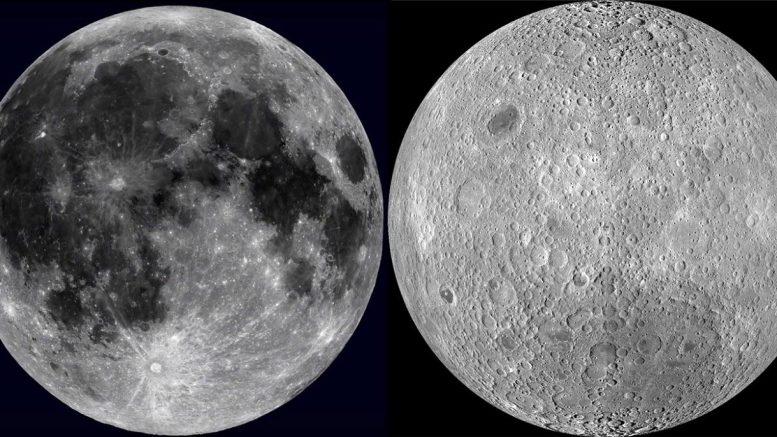
Endapan vulkanik yang luas mendominasi sisi dekat Bulan (kiri), sedangkan sisi jauh (kanan) mengandung jauh lebih sedikit. Alasan perbedaan besar antara kedua belah pihak adalah misteri bulan abadi. Kredit: Universitas Brown
“Kita tahu bahwa dampak besar seperti yang membentuk SPA akan menghasilkan banyak panas,” kata Matt Jones, Ph.D. Kandidat di Brown University dan penulis utama studi ini. Pertanyaannya adalah bagaimana suhu ini mempengaruhi dinamika internal Bulan. Apa yang kami tunjukkan adalah bahwa dalam kondisi apa pun yang wajar pada saat SPA terbentuk, ia akhirnya memusatkan elemen-elemen penghasil panas ini di sisi dekat. Kami berspekulasi bahwa ini berkontribusi pada pencairan mantel yang menyebabkan aliran lava yang kita lihat di permukaan. “
Studi ini merupakan kolaborasi antara Jones dan penasihatnya, Alexander Evans, asisten profesor di Brown University, bersama dengan peneliti dari Purdue University, Lunar and Planetary Science Laboratory di Arizona, Stanford University dan[{” attribute=””>NASA’s Jet Propulsion Laboratory.
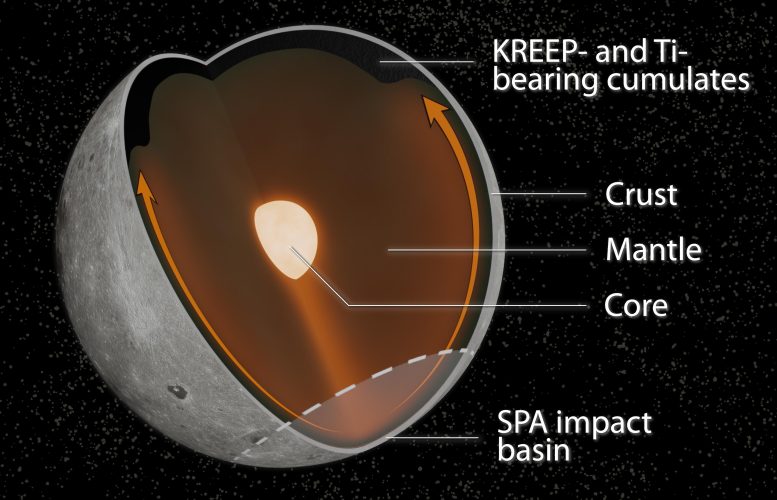
A new study reveals that an ancient collision on the Moon’s south pole changed patterns of convection in the lunar mantle, concentrating a suite of heat-producing elements on the nearside. Those elements played a role in creating the vast lunar mare visible from Earth. Credit: Matt Jones
The differences between the near and far sides of the Moon were first revealed in the 1960s by the Soviet Luna missions and the U.S. Apollo program. While the differences in volcanic deposits are plain to see, future missions would reveal differences in the geochemical composition as well. The nearside is home to a compositional anomaly known as the Procellarum KREEP terrane (PKT) — a concentration of potassium (K), rare earth elements (REE), phosphorus (P), along with heat-producing elements like thorium. KREEP seems to be concentrated in and around Oceanus Procellarum, the largest of the nearside volcanic plains, but is sparse elsewhere on the Moon.
Some scientists have suspected a connection between the PKT and the nearside lava flows, but the question of why that suite of elements was concentrated on the nearside remained. This new study provides an explanation that is connected to the South Pole–Aitken basin, the second largest known impact crater in the solar system.
For the study, the researchers conducted computer simulations of how heat generated by a giant impact would alter patterns of convection in the Moon’s interior, and how that might redistribute KREEP material in the lunar mantle. KREEP is thought to represent the last part of the mantle to solidify after the Moon’s formation. As such, it likely formed the outermost layer of mantle, just beneath the lunar crust. Models of the lunar interior suggest that it should have been more or less evenly distributed beneath the surface. But this new model shows that the uniform distribution would be disrupted by the heat plume from the SPA impact.
According to the model, the KREEP material would have ridden the wave of heat emanating from the SPA impact zone like a surfer. As the heat plume spread beneath the Moon’s crust, that material was eventually delivered en masse to the nearside. The team ran simulations for a number of different impact scenarios, from dead-on hit to a glancing blow. While each produced differing heat patterns and mobilized KREEP to varying degrees, all created KREEP concentrations on the nearside, consistent with the PKT anomaly.
The researchers say the work provides a credible explanation for one of the Moon’s most enduring mysteries.
“How the PKT formed is arguably the most significant open question in lunar science,” Jones said. “And the South Pole–Aitken impact is one of the most significant events in lunar history. This work brings those two things together, and I think our results are really exciting.”
Refernece: “A South Pole–Aitken impact origin of the lunar compositional asymmetry” by Matt J. Jones, Alexander J. Evans, Brandon C. Johnson, Matthew B. Weller, Jeffrey C. Andrews-Hanna, Sonia M. Tikoo and James T. Kean, 8 April 2022, Science Advances.
DOI: 10.1126/sciadv.abm8475

“Kutu buku musik lepas. Pecandu internet bersertifikat. Pencinta perjalanan. Penyelenggara hardcore. “






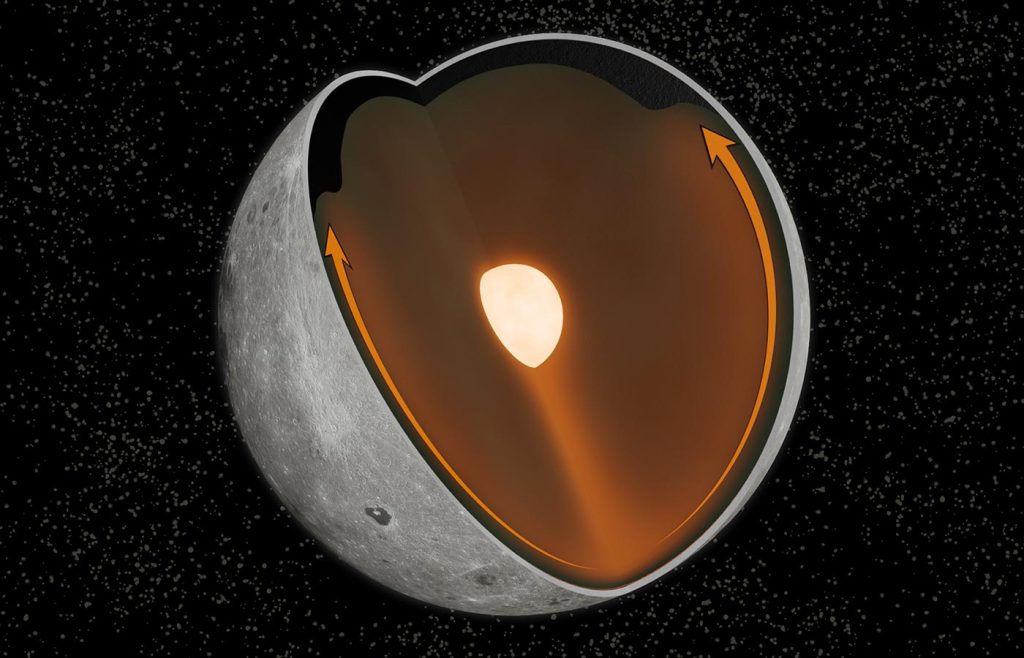


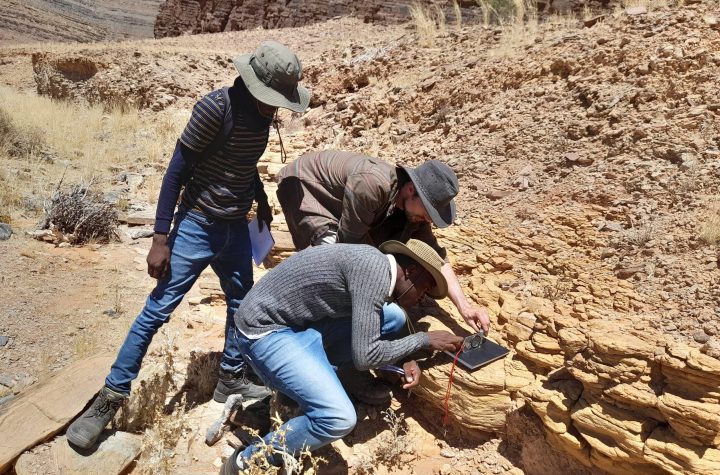
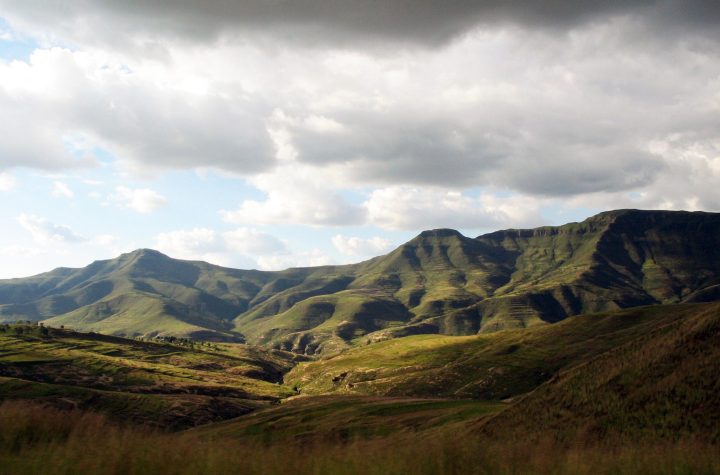
More Stories
Makanan cepat saji dan daging olahan mungkin menjadi penyebab kanker di kalangan anak muda: dokter
Kapan peluncurannya? Bisakah saya melihatnya di New Smirna?
Sebuah studi baru memetakan awal mula kehidupan hewan